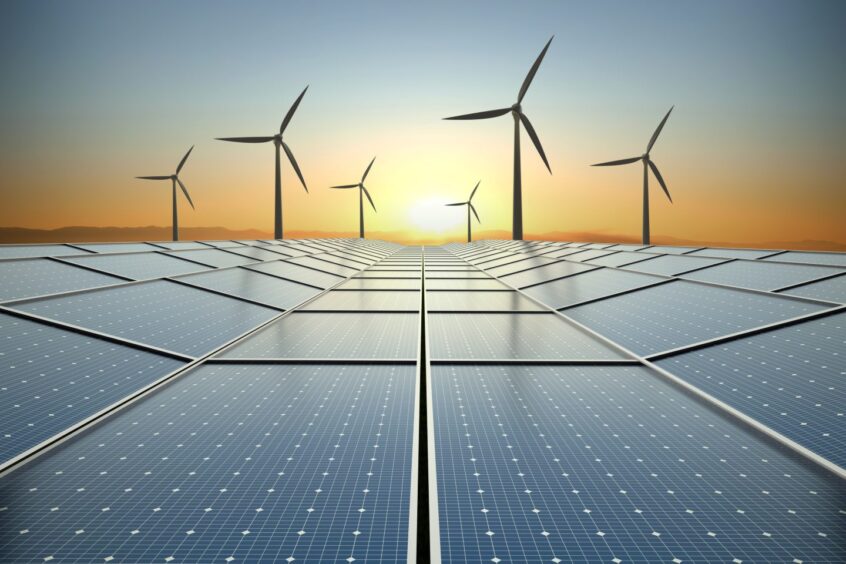
The Middle East has long been associated with the oil and gas industry and while hydrocarbon production is likely to continue playing a major role for decades, various countries in the region are seeking to position themselves as leaders in the transition to cleaner energy production.
The likes of Iran and Iraq – who have stewardship over the fourth and fifth largest oil reserves in the world – are likely to focus on maximising government revenue by increasing hydrocarbon production, but wealthier Gulf States, in particular the United Arab Emirates (UAE) and Saudi Arabia, have set ambitious net-zero targets (2050 for the UAE and 2060 for Saudi Arabia) and are rapidly scaling renewable energy generation capacity.
This shift is not only desirable to meet climate goals, but also a necessity for regional energy security. Currently, over 90% of the power generated in the Middle East originated from hydrocarbons– among the highest in the world. Rapidly growing populations, expanding industry as well as rising temperatures (necessitating greater cooling and water desalination capacity) has manifested in a dramatic increase in power demand across the Middle East. This shift is prompting governments to explore alternative energy generation solutions to ensure future energy security.
Solar power will shoulder a large share of the future energy generation burden, currently borne predominantly by natural gas. With abundant solar irradiation and vast economies of scale possible in the region, Saudi Arabia and the UAE are already achieving record low prices for solar generated electricity. Both countries have pledged to deliver substantial increases in renewable energy generation by 2030 with total solar capacity in the Middle East expected to reach nearly 23 gigawatts (GW) by the end of 2024. Rystad Energy estimates 70% of the Middle East’s power generation mix being made up of renewable sources by 2050.
Significant regional solar projects are already operational, or are in development, with the UAE currently home to some of the world’s largest solar plants, including the 2 GW Al Dhafra Solar Park and the Mohammed Bin Rashid Solar Park with a planned capacity of 5 GW. Nuclear will also play a role with the UAE anticipating that the Barakah nuclear plant – the first nuclear power plant in the Arab world – will produce around 25% of the country’s electricity. Saudia Arabia is also making significant progress on its energy transition efforts. As part of its Vision 2030 initiative the Kingdom is targeting 130 GW of renewable energy capacity by 2030, with an aim of awarding 20 GW of new renewables projects annually.
While both Saudi Arabia and the UAE are decarbonising their own energy use, hydrocarbons production is not expected to slow. Rather, the UAE and Saudi intend to increase production of lower carbon intensity oil and gas, which can be achieved by vast economies of scale, as well as plans to reduce carbon inefficiencies and enhance carbon capture facilities. Producing hydrocarbons with the world’s lowest carbon footprint may provide Middle Eastern oil with an advantage in the race to be the last producers standing.
Finally, with green hydrogen continuing to attract attention as a potential future fuel sources, the UAE and Saudi have both committed to investing in the technology. Saudi Arabia, in particular, is eager to take a lead with the Neom Green Hydrogen Company developing the world’s largest green hydrogen project at a cost of over US$8 billion. By 2025 the plant intends to produce up to 1.2 million tons of green ammonia per year. ADNOC is also stepping up investment in the UAE and globally of green and blue hydrogen facilities.
While the focus on clean energy production in the Middle East represents, on its face, a major shift in the region’s approach to energy, it is less of a pivot and more of a diversification. The ambitious net-zero targets and investments in renewable energy projects reflect a commitment to addressing climate challenges, energy security and fostering long-term economic resilience, while oil and gas production will continue to play a significant role for regional economies.
Recommended for you
